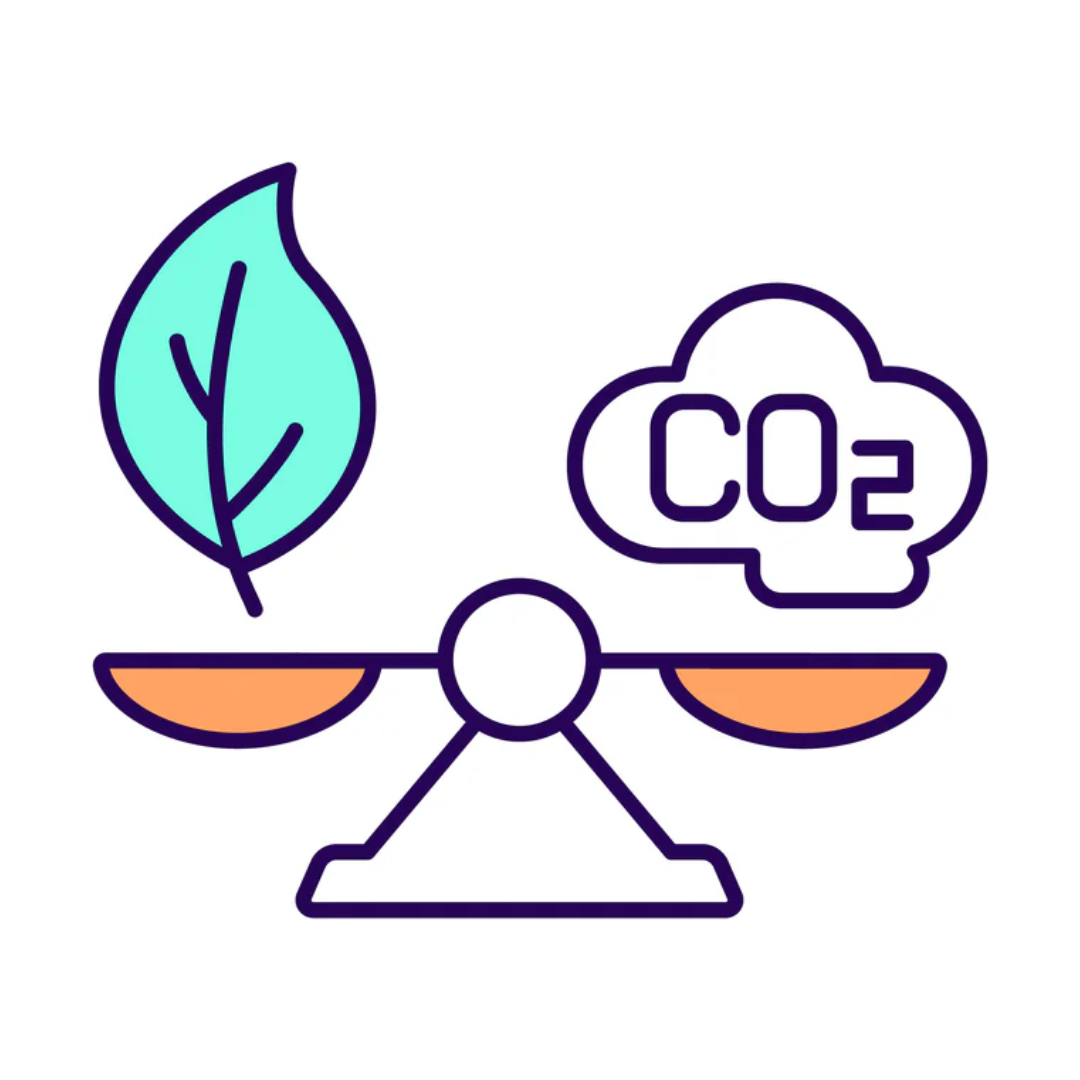As an eCommerce online store owner you'll know that checkout optimization plays a pivotal role in the success of your business. As an essential aspect of the development process, it directly impacts PPC (Pay-Per-Click) campaigns and analytics. I'm taking a short look at the significance of checkout optimization on the Shopify platform and explore how it contributes to seamless user experiences, higher conversion rates, and improved data-driven decision-making.
- Custom Development on Shopify: Building a User-Centric Checkout Experience
At the heart of any successful e-commerce store lies its back-end development, and the checkout process is no exception. Optimizing the checkout flow requires meticulous attention to detail and can mean some additional custom development, but it also requires a user-centric approach. By streamlining the steps, reducing friction, and ensuring intuitive navigation, you can create a checkout experience that enhances customer satisfaction and reduces cart abandonment rates.
Implementing responsive design principles is the first step in any custom development process because it ensures a consistent and seamless checkout experience across different devices, including desktops, tablets, and smartphones. Mobile optimization, in particular, is critical in today's mobile-first world - what can you do to ensure that your mobile users don't feel like they have to checkout on desktop to complete the sale? Why make them work hard to get your product?
- PPC: Maximizing ROI and Conversion Rates
Pay-Per-Click (PPC) campaigns serve as a potent tool for driving targeted traffic to your Shopify store. However, even the most compelling ads can falter if the checkout process isn't optimized. A well-optimized checkout significantly impacts the effectiveness of PPC campaigns, maximizing return on investment (ROI) and improving conversion rates.
A streamlined and frictionless checkout process ensures that potential customers who click on your ads are more likely to follow through with their purchase. Reducing the number of steps, minimizing form fields, and offering multiple payment options improve the likelihood of completing transactions, translating your PPC investment into tangible sales.
- Analytics: Leveraging Data for Continuous Improvement
Data-driven decision-making is the backbone of successful e-commerce brands, and the checkout process provides valuable data that can be harnessed through analytics. In-depth analytics help identify critical points of improvement in the checkout flow, shedding light on potential pain points and customer behavior.
By leveraging analytics, brand owners gain valuable insights into the checkout process's performance, enabling them to identify drop-off points and optimize conversion funnels. Armed with this data, they can implement strategic changes to enhance user experiences and drive more successful transactions.
TL:DR on Checkout Optimization on Shopify
Checkout optimization on your Shopify store should not be the last thing you think about optimizing; it is an integral aspect of e-commerce success. As developers fine-tune the checkout process to create a user-centric experience, PPC campaigns benefit from higher conversion rates and improved ROI. Meanwhile, data-driven insights gained through analytics empower merchants to continuously refine their checkout flow for maximum efficiency.
Checkout optimization remains a cornerstone of growth and profitability. As merchants seek to establish themselves as market leaders, focusing on developing an optimized checkout process will undoubtedly pave the way for sustainable e-commerce success.
Remember, the checkout process is not just a means to an end; it is the culmination of your customers' journey, and optimizing it can truly show significant gains in overall conversion.



